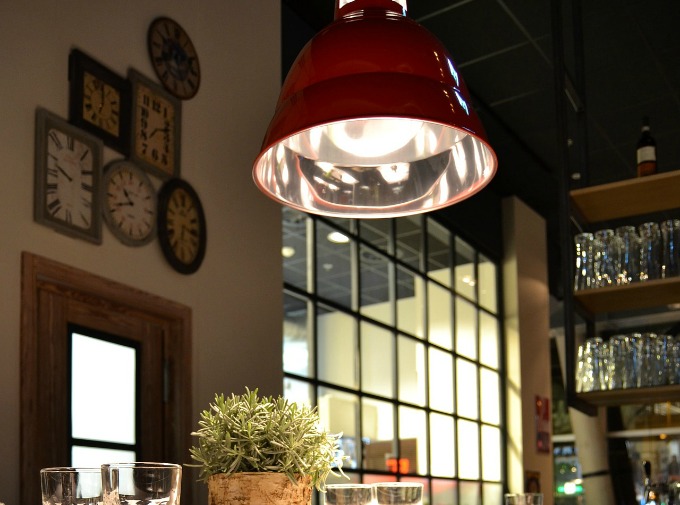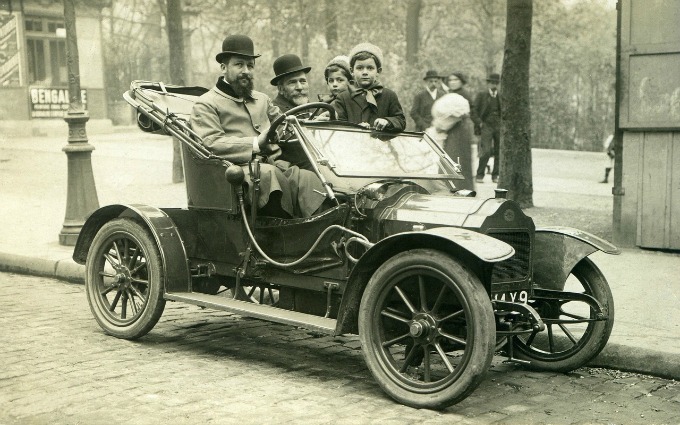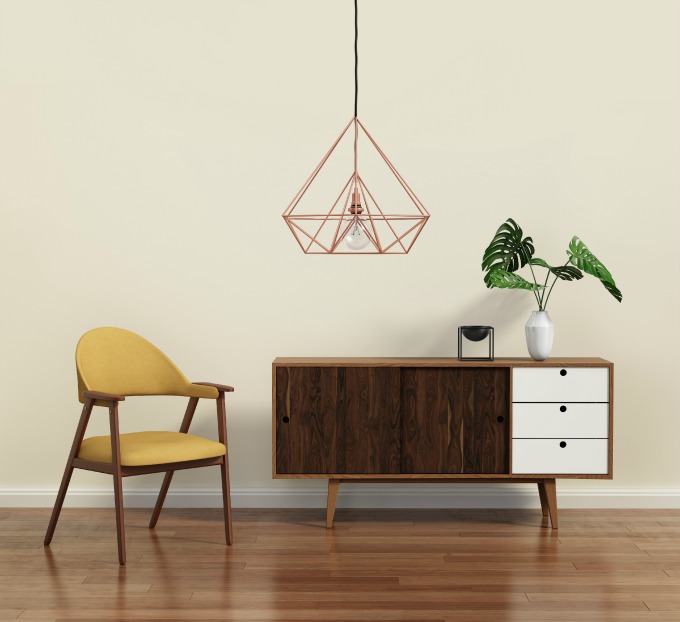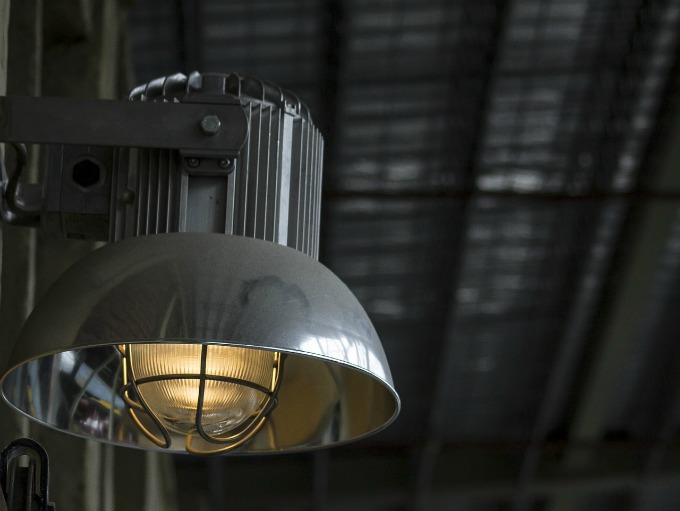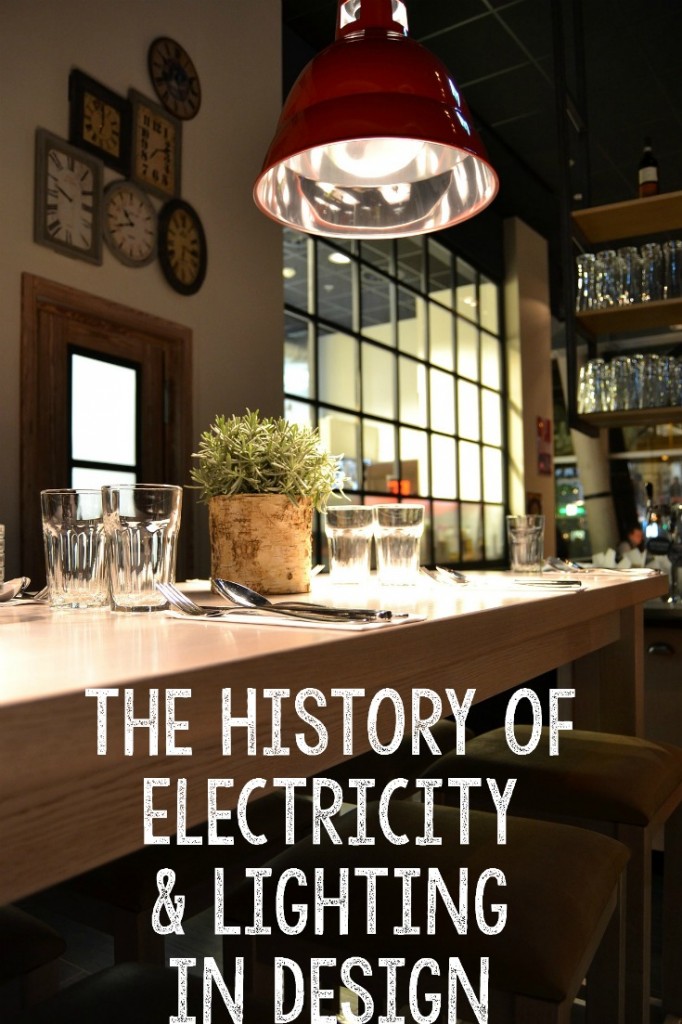The objects we use during our lifetime all have a set purpose. Sometimes though, we think objects with multiple functions are better. A perfect example of this is the smart phone. If I can use my smart phone as a flash light, computer, tablet, music player and phone (obviously) then do I really need a desk lamp or landline? Do I even need a stereo? I can just add some speakers, and I’m good to go. Right?
The issue with relying on one gadget for all of your needs is that you miss out on products that can positively shape your life experience. Remember the modernist’s motto: make it simple.
How The Industrial Revolution Changed the Western Landscape
A quick history lesson: The Industrial Revolution was the conversion from hand production to machine. In the West, we moved from a rural, agrarian society to an urban industrial one in as little as a century. The Industrial Revolution boosted the volume of manufactured goods and improved systems of communication and transportation through mass production. With the advent of electricity, work hours were extended both in the factories and at home. While the Industrial Revolution had fabulous advances, it also had its drawbacks. Working conditions were unsafe and living conditions meager.
In life, we learn that things are give and take. But when it comes to your living space, you should feel at ease. It was FDR who said “Electricity is a modern necessity of life,” and he wasn’t wrong. can you imagine as recently as 80-ish years ago, people regularly lived without access to electricity in wide swaths of the US?
With electricity, we gained the power to control light no matter the time of day, which extended our work time and improved efficiency. Perhaps the 20th century’s biggest contributor was electricity; nearly every home in the U.S. had it. But this newfound freedom wasn’t exactly free. While President Roosevelt’s Rural Electrification Administration (REA) helped families to get electricity even in the most rural of areas, it also changed the way we interacted with one another in the home.
Gathering around the family hearth was no longer necessary, as we had light available to us in every room. Able to move about the house freely, children stayed in their bedrooms and parents the living room. Relationships just weren’t as solid until architects like Frank Lloyd Wright, father of Mid Century design, devised the open-floor plan, while other lighting designers realized that light could influence the way the rooms were being used. With the open-floor plan and light combined, we could unify the family once more.
The Tech Age: The Industrial Revolution Modified
Fast forward to the 21st century. Today, we rely on our smart devices for almost everything, and have stopped appreciating what’s right in front of us: life. Fortunately, design companies are bringing us back to what’s really important, and that’s how we spend our time.
Be it with family, friends or on our own, the way we spend our time is influenced by what’s around us. What has remained a constant over the decades is our need for light. Whether cramming in a late night study session or setting the mood for a romantic dinner, home lighting has helped to shape who we are. How has it shaped who we are? Because it taught us how to use space and create mood.
Places like Hudson Valley Lighting are creating amazing lighting fixtures that we can use in our homes. This design company has brought style and simplicity back to the nuclear family home. The designs are aesthetically pleasing with a perfect mix of industrial look and modern sleekness.
The modern industrial design trends are a perfect reminder of our history. They remind us of how far we’ve come, in such a short amount of time, and how far we still have to go.

